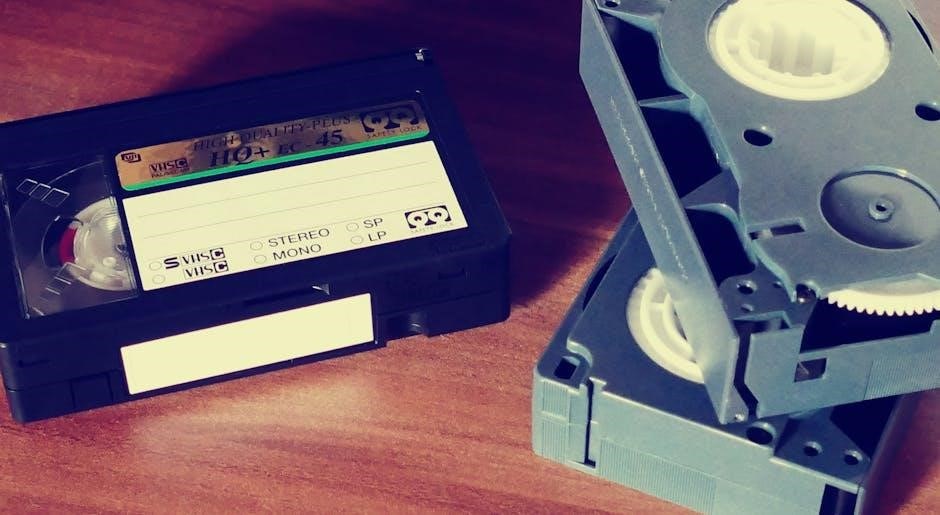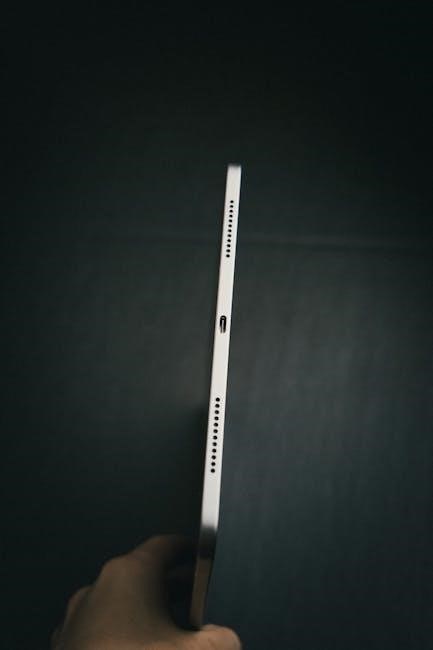Code Talker: A Novel About the Navajo Marines of World War Two by Joseph Bruchac is a compelling historical fiction novel. It follows Ned Begay, a young Navajo boy, as he navigates boarding school and joins the Marines during WWII. The story highlights the creation and use of the Navajo code, blending cultural heritage with wartime heroism. The book is widely praised for its historical accuracy and emotional depth, offering readers a unique perspective on the Navajo Code Talkers’ contributions. The full PDF version is available online, making it accessible for readers to explore this inspiring tale.
Historical Background of the Navajo Code Talkers

The Navajo Code Talkers were a group of Navajo Nation men recruited by the United States Marine Corps during World War II to develop a secret code based on the Navajo language. The idea was born out of the need for a secure communication system that could not be deciphered by enemy forces. The Navajo language was chosen for its complexity and rarity, making it ideal for encryption.
The code was developed by a team of Navajo Marines, who translated military terms into Navajo and created a system of substitution and encoding. This code was used to transmit vital information during battles in the Pacific Theater, including Guadalcanal, Iwo Jima, and Okinawa. The Navajo Code Talkers played a pivotal role in Allied victories, as their encoded messages were never cracked by Japanese forces.

Despite their crucial contributions, the Navajo Code Talkers faced significant challenges. Many were forced to adapt to a foreign military culture after being educated in boarding schools that suppressed their native language and traditions. Their efforts remained classified until 1968, when the U.S. government declassified the program, finally allowing their heroism to be recognized publicly.

The legacy of the Navajo Code Talkers is a testament to the ingenuity and resilience of the Navajo people. Their story, as depicted in Code Talker, highlights the intersection of cultural identity and wartime innovation, offering a profound perspective on the sacrifices and achievements of these remarkable individuals.

Code Talker by Joseph Bruchac follows Ned Begay, a young Navajo boy, as he endures boarding school and later joins the Marines. The novel recounts his journey as a Navajo Code Talker, highlighting the creation and use of the Navajo code during World War II, blending cultural identity with wartime heroism to inspire and educate readers about this pivotal moment in history.
Major Themes Explored in the Novel
The novel Code Talker delves into several profound themes, including the struggle to preserve cultural identity, the importance of language, and the resilience of the human spirit. Through Ned Begay’s journey, Joseph Bruchac explores the tension between traditional Navajo values and the demands of modern warfare. The book highlights the sacrifices made by Navajo Marines, emphasizing their patriotism and bravery. It also examines the clash between the oppressive boarding school system and the richness of Navajo heritage. Themes of identity, community, and the power of storytelling are woven throughout the narrative. The novel underscores the historical significance of the Navajo code and its role in shaping the outcome of World War II. Additionally, it reflects on the emotional and psychological challenges faced by the Code Talkers, offering a deeply human perspective on their experiences. These themes not only honor the legacy of the Navajo Code Talkers but also provide readers with a meaningful exploration of courage, loyalty, and cultural resilience.
Author Background: Joseph Bruchac
Joseph Bruchac is a renowned author, poet, and storyteller born in 1942. He is of Abenaki and Slovak heritage and holds a Ph.D. in Comparative Literature. Bruchac has written over 120 books, including Code Talker, which reflects his deep respect for Native American culture and history. His work often blends historical facts with engaging narratives, making complex themes accessible to readers of all ages. Bruchac’s writing is praised for its authenticity and sensitivity, particularly in portraying the experiences of indigenous peoples. His contributions to literature have earned him numerous awards and a loyal readership. The full PDF version of Code Talker showcases his ability to weave compelling stories that educate and inspire. Bruchac’s dedication to preserving Native American traditions shines through in his work, making him a respected voice in historical and cultural storytelling.
Cultural Significance of the Navajo Language

The Navajo language holds profound cultural and historical significance, as highlighted in Code Talker. It is the foundation of Navajo identity, traditions, and beliefs. The language is deeply tied to the Navajo people’s connection to their land, history, and spirituality. Its complex grammar and syntax, unknown to outsiders, made it an ideal choice for creating an unbreakable code during World War II. The Navajo code talkers’ ability to convey messages swiftly and accurately in their native tongue played a pivotal role in Allied victories in the Pacific. The language’s resilience, despite centuries of colonization and forced assimilation, underscores the Navajo people’s determination to preserve their heritage. The use of Navajo in the code also symbolized the adaptation of traditional knowledge to modern challenges, showcasing the language’s versatility and enduring value. Today, efforts to revitalize and teach Navajo continue, ensuring its survival for future generations. The full PDF version of Code Talker provides a detailed exploration of the language’s role in both the war and Navajo culture, offering readers a deeper appreciation for its significance.

How to Access the Full Book in PDF
Educational Value for Students
Code Talker by Joseph Bruchac offers significant educational value for students, providing insights into World War II history, Navajo culture, and the contributions of the Navajo Code Talkers. The novel aligns with curriculum standards for history, literature, and cultural studies. Its accessible language makes it suitable for middle and high school students, fostering critical thinking and empathy. The book’s historical accuracy and cultural depth enhance students’ understanding of Native American experiences and the importance of code talking in wartime. Educators can use the PDF version to create engaging lesson plans, incorporating discussions on identity, resilience, and historical context. The story of Ned Begay inspires students to explore themes of patriotism, cultural pride, and personal growth. Additionally, the full PDF version allows teachers to assign readings and activities that promote deeper analysis of the text. This makes Code Talker a valuable resource for classrooms, helping students connect with history while appreciating diverse perspectives.
Reviews and Reception of the Book

Code Talker has received widespread acclaim for its vivid portrayal of Navajo culture and WWII history. Critics praise its emotional depth and historical accuracy. Readers find Ned Begay’s journey inspiring, making it a riveting and educational read for all ages.
Historical Accuracy in the Novel
Code Talker by Joseph Bruchac is praised for its meticulous attention to historical detail. The novel accurately portrays the experiences of Navajo Marines during World War II, including their recruitment, training, and the development of the Navajo code. Bruchac incorporates real historical events, such as the Battles of Iwo Jima and Guadalcanal, ensuring the story aligns with documented history. The cultural and linguistic aspects of the Navajo people are also depicted with authenticity, reflecting their traditions and struggles. While some characters and specific events are fictionalized, the core of the narrative remains grounded in factual historical context. The novel’s accuracy makes it a valuable resource for understanding the contributions of the Navajo Code Talkers to the Allied victory. Bruchac’s commitment to historical precision ensures that the legacy of these heroes is preserved and respected.

The Legacy of the Navajo Code Talkers
The Navajo Code Talkers’ legacy endures as a testament to their bravery and ingenuity. Their unbreakable code played a pivotal role in WWII, securing vital communications. Today, they are celebrated as heroes, with their contributions immortalized in books like Code Talker, ensuring future generations remember their impact.
In Code Talker, Joseph Bruchac masterfully weaves a story that honors the Navajo Code Talkers’ bravery and ingenuity. Through Ned Begay’s journey, the novel highlights the blending of Navajo culture with wartime heroism, offering a poignant reflection on identity, resilience, and sacrifice. The book’s historical accuracy and emotional depth make it a compelling read for anyone interested in WWII history or Native American contributions. The availability of the full book in PDF ensures that this inspiring story reaches a wide audience, preserving the legacy of the Navajo Code Talkers for future generations. Bruchac’s work not only educates but also fosters appreciation for the Navajo language and culture. It serves as a reminder of the power of diversity and the importance of remembering history. Readers will find themselves moved by the characters’ struggles and triumphs, leaving a lasting impression of the significance of their contributions. Code Talker is a must-read for students, history enthusiasts, and anyone seeking to understand the untold stories of WWII heroes.
















































